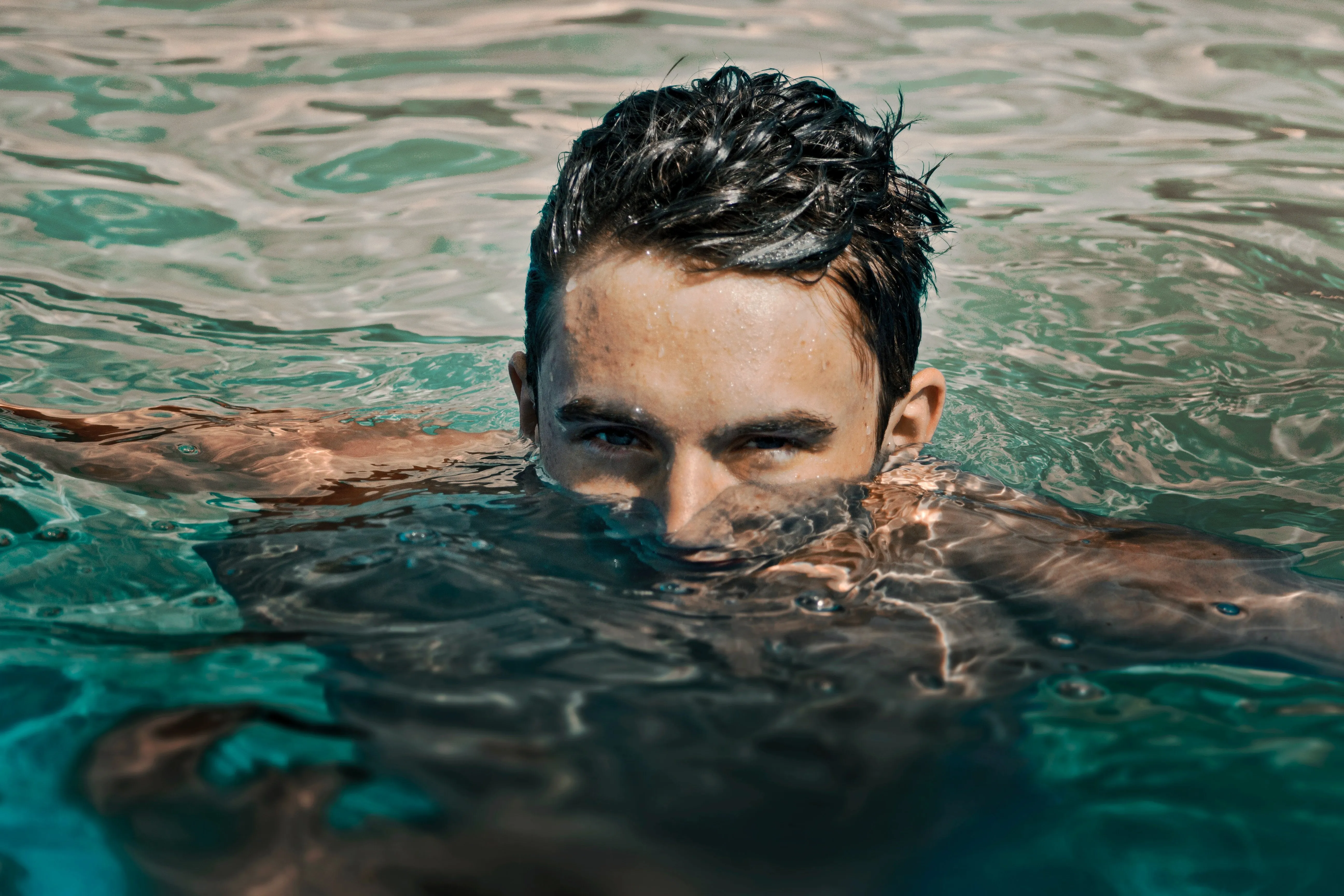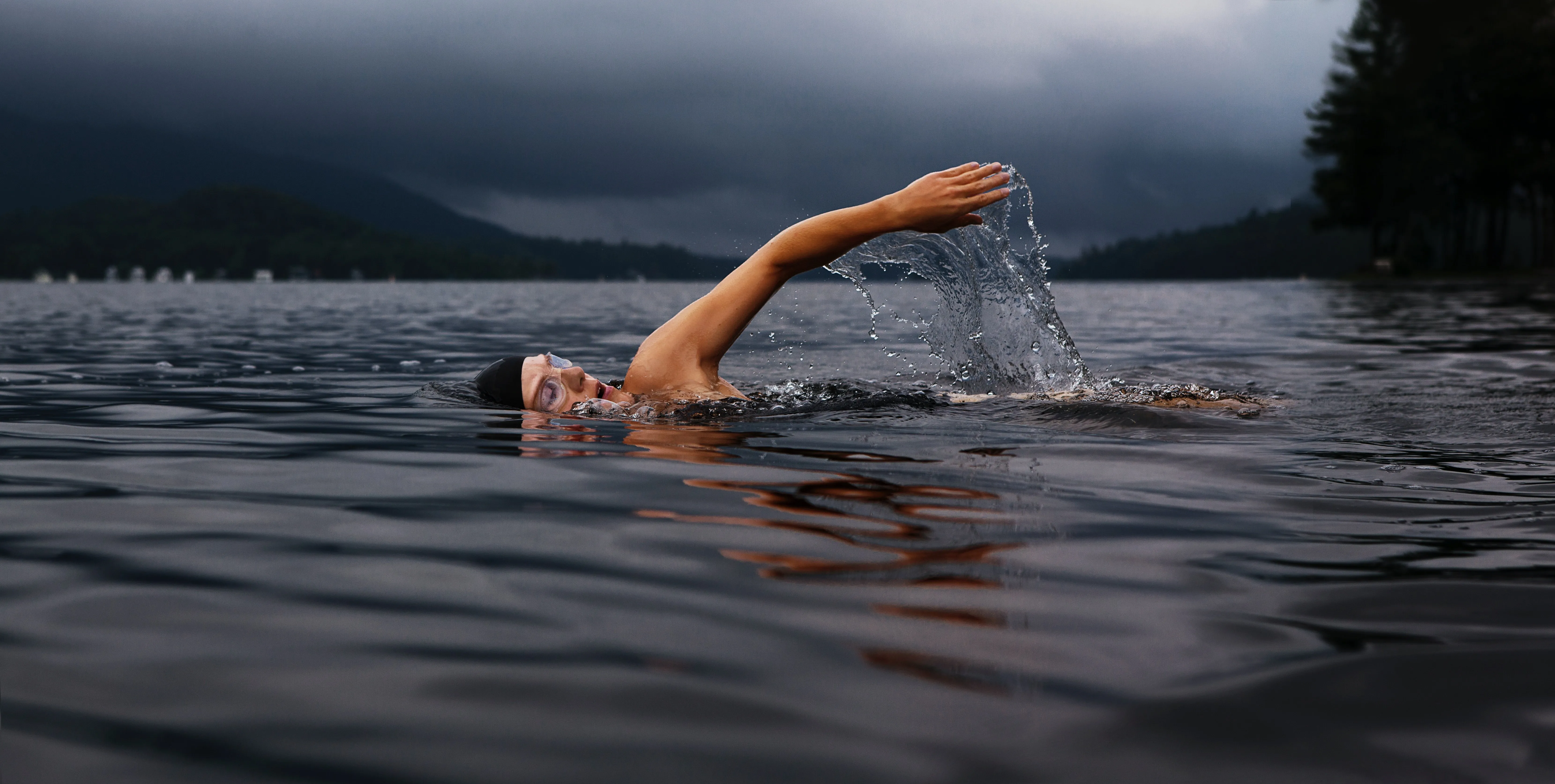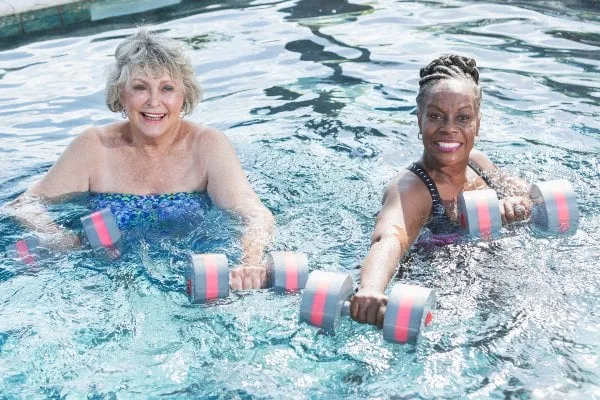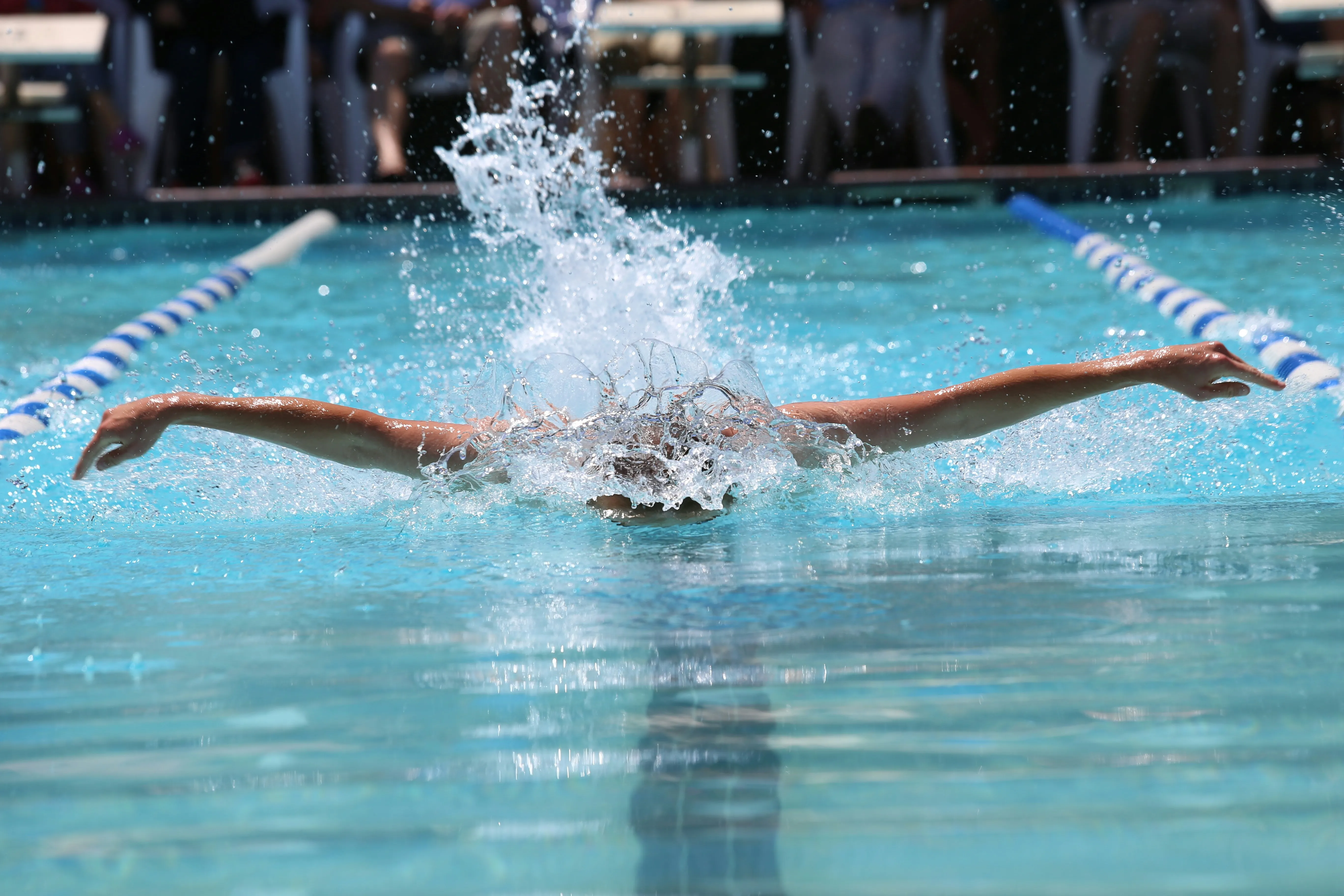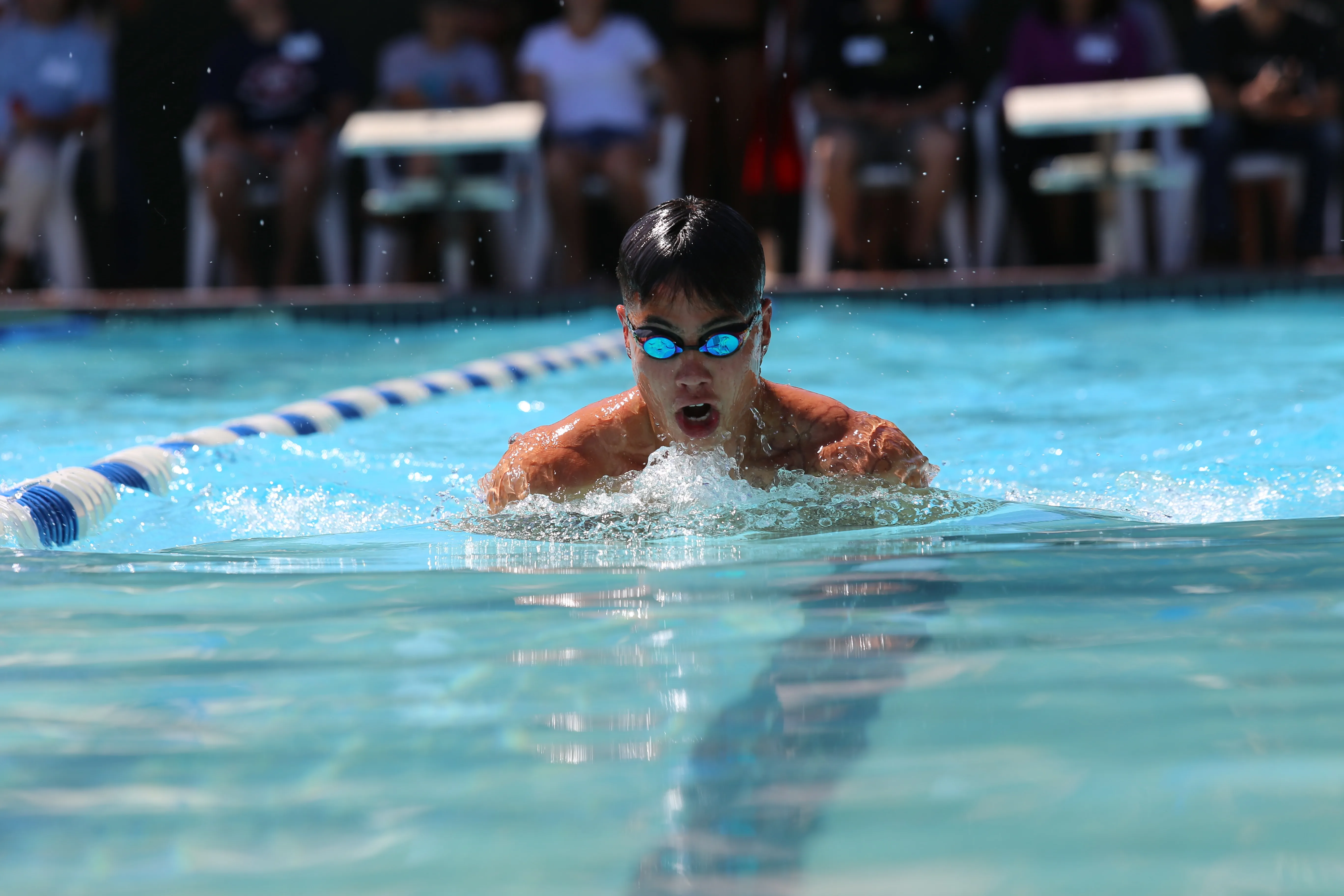Open Water Swimming: Preparing for the Great Outdoors
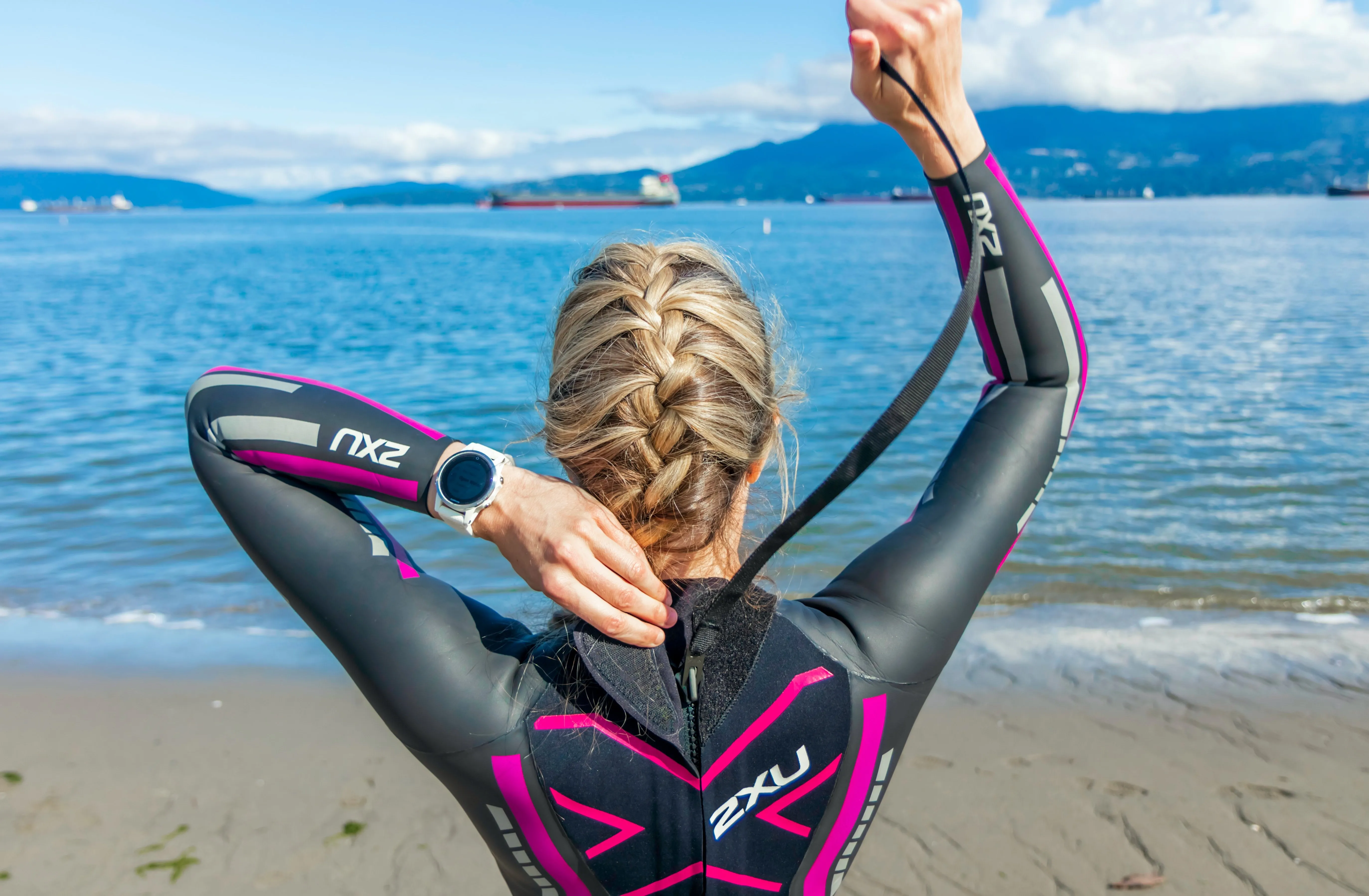
There's a certain freedom and exhilaration when you ditch the familiar confines of a swimming pool and plunge into the vast, open waters. Open water swimming offers a unique challenge and adventure, whether in a lake, a river, or the sea. If you’re considering transitioning from pool swimming to open water swimming, this comprehensive guide will provide crucial safety tips and training advice.
Understanding Open Water Swimming
Open water swimming is distinctly different from pool swimming. The absence of lane lines, changing weather conditions, water currents, and sometimes crowded start lines can make it a daunting prospect. However, with proper preparation, training, and knowledge, open water swimming can offer an unmatched sense of achievement and connection with nature.
Safety First: Key Considerations for Open Water Swimming
Safety is paramount when you're swimming in open water. Here are some key considerations to keep in mind:
1. Understand Your Environment: Research the water body you plan to swim in. Be
aware of water temperature, tides, currents, marine life, and any local regulations.
2. Never Swim Alone: Always swim with a group or have someone watching from the shore. Inform someone about your swimming plan and estimated return time.
3. Visibility: Ensure you're visible to others. Wear a bright swim cap or use a tow float.
4. Acclimatisation: Cold water can be a shock to the system. Enter the water slowly to allow your body to acclimatise.
5. Know Your Limits: Open water swimming can be physically and mentally challenging. Don't push beyond your limits, and always take rest if you feel tired or cold.
Training for Open Water Swimming
Transitioning from the pool to open water requires a different set of skills and fitness. Here are some training tips:
1. Endurance Training: Open water swims are typically longer than pool swims. Incorporate longer, continuous swims into your training to build endurance.
2. Practice in Open Water: If possible, practice swimming in a safe open water environment. Becoming comfortable in open water is a crucial part of your preparation.
3. Navigation Skills: With no lane lines to guide you, learning to swim straight and navigate is essential. Practice sighting techniques to keep on track.
4. Swim in a Group: Open water events often start with a mass start, which can be overwhelming. Practice swimming in a group to get used to the proximity of other swimmers.
Embracing the Challenge of Open Water Swimming
Open water swimming is not just a test of physical endurance but also of mental toughness. The unpredictable nature of open waters, the initial chill as you step into the water, and the vastness of the waterbody can seem intimidating. But with preparation, awareness, and respect for the water, you can overcome these challenges and discover the rewarding experience open water swimming offers.
So, take the plunge, embrace the thrill of open water swimming, and unlock an exhilarating connection with nature. It's a chance to swim under the open sky, with every stroke taking you closer to a sense of freedom and achievement that the confines of a swimming pool can't offer.
The open waters await, filled with endless possibilities. Swim towards the horizon, push past your limits, and find that in the heart of the vast water body, you're discovering not only a new swimming experience but also newfound courage, resilience, and strength. Here's to your open water swimming journey. May it be filled with safe swims, personal bests, and unforgettable adventures!



